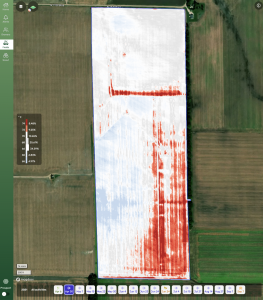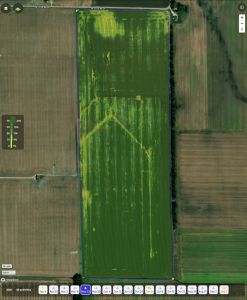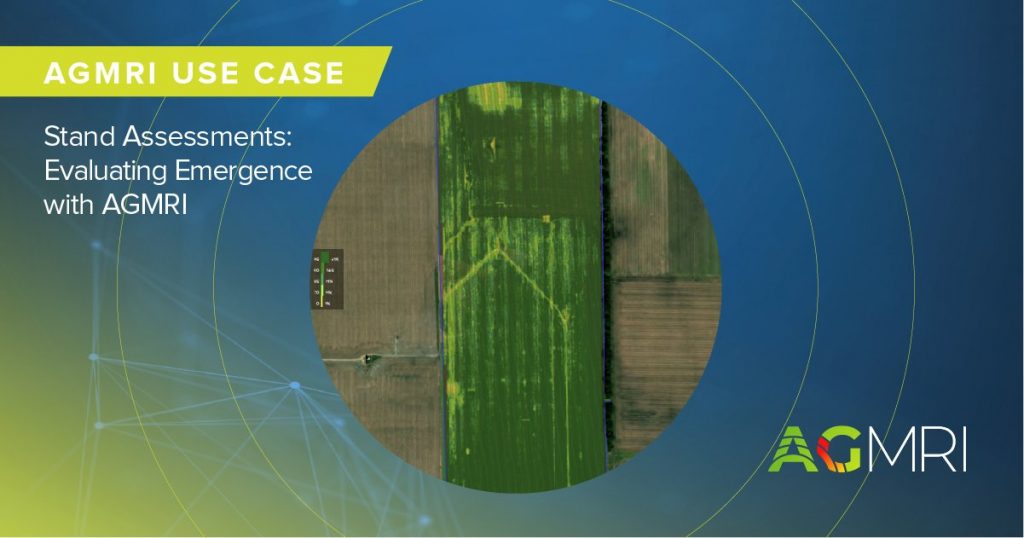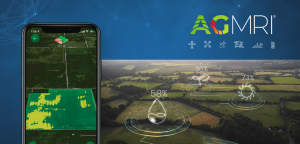AGMRI Use Case
AGMRI evaluates stand assessment by using imagery to create an estimated population map around V4 for fixed wing imagery. Past and current imagery layers can be used to see why areas may have lower emergence scores due to topography, soil temperatures, or equipment malfunctions.
How it Works: AGMRI uses Row Tracer technology to detect established rows, evaluates established plants using Infrared layer and NDVI, and then looks for missing plants. When a planted population is given, AGMRI will provide an estimated plant stand or in the situation where no planted population is available, the platform will report as a percent of established stand.
The vegetation layer is also very helpful when looking at plant stands as it removes soil interference from the map and only reports back the plant biomass within the row.
Situation: Using AGMRI, a farmer reviewed a vegetation map that showed streaking. The thermal map was reviewed next, and the map showed that the poorer plant vigor aligned with a cooler area in the field. See the map below for reference.


How AGMRI Helps: It was identified that the farmer split planted two corn hybrids on April 1. AGMRI’s thermal and vegetation maps showed that Seed A emerged better in cooler soils. In this situation, the farmer was able to use the data to make more informed decisions about the most optimal soil conditions for different hybrids for early season planting and used the information to protect yield potential.
Scouting Tip: Use AGMRI vegetation layer or Infrared maps to identify areas of potential low or slower plant growth, then go to these areas to take a closer look using your preferred stand count method. Consult academic resources like Purdue’s guide to corn replant decisions or soybean replant decisions for stand establishment requirements.
Contact us for more information or to schedule an AGMRI demo.














